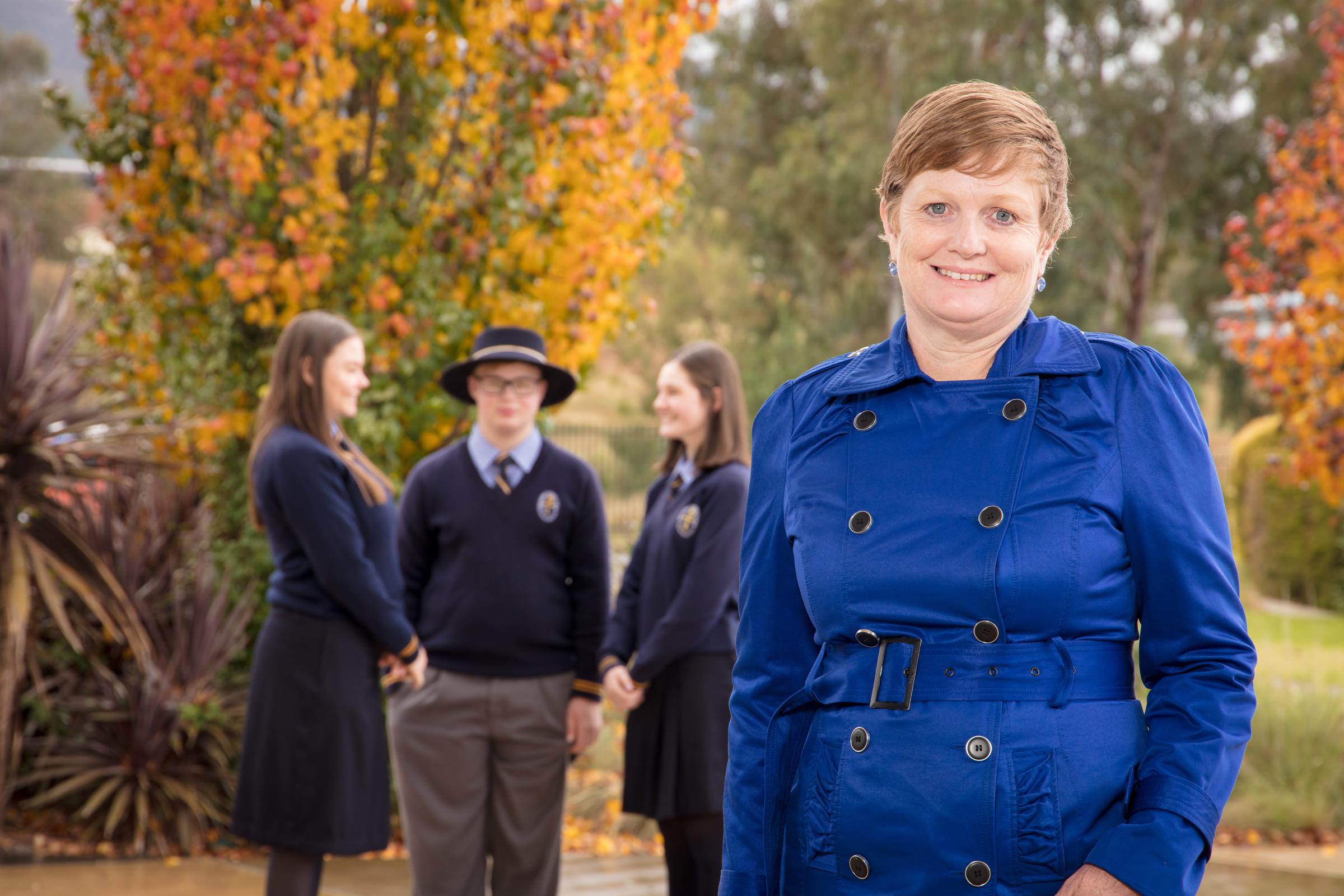Leader of Student Wellbeing

Vaping
We are aware that some students are trying e-cigarettes or ‘vaping.’The use of e-cigarettes and vapes has become a prominent issue amongst teenagers in Australia within the last year. As we work in partnership with families to educate young people on the harmful effect of drugs, the following information may help start a conversation with your child on the harmful effects of vaping.
Are e-cigarettes legal?
From 1 October 2021, Australians will need a prescription to legally access nicotine containing e‑cigarette products for any purpose. This includes importing these products from overseas.
Isn’t vaping just “flavored water vapor”?
No. Vaping involves inhaling “e-juice” in the form of aerosol produced by an electronic cigarette or vape device. The aerosols typically contain flavorings such as diacetyl, a chemical linked to serious lung disease, nicotine and harmful chemicals, including formaldehyde and acrolein. Vape cartridges or “pods” can also be filled with THC, CBD or other “e-juice.”
What do e-cigarettes and vaping devices look like?
E-cigarettes and vape devices come in a number of forms. While some resemble tobacco products, others resemble household objects like USB devices, pens, highlighters and chargers. Vaping companies funded by Big Tobacco are constantly coming out with new products built to skirt regulation and parental detection.
What are the signs of use?
Vaping is easy to hide, and the signs can be easy to miss. Unlike traditional cigarettes, e-cigarettes don’t leave the telltale scent of tobacco. If you notice any of the following things, it’s best to talk with your child about whether or not they are vaping.
- Presence of Unfamiliar Technology, Online Purchases or Packaging
- Faint Sweet or Fruity Scents
- Behavioral and Mood Changes
- Increased Irritability or Restlessness
- Cutting Back on Caffeine
- Desire for Flavor Due to Tastebud Degradation
- Pneumonia
- Increased Thirst
Why should I be concerned if my child is vaping?
Vaping is harmful and dangerous to teenagers. Almost all vape liquid contains nicotine, which is addictive and harmful to adolescent brain development, and vaping aerosols contain chemicals linked to serious lung disease, and heavy metals.
Why is nicotine so harmful?
Nicotine is harmful to developing brains, affecting attention, learning, mood, impulse control, and memory. Nicotine use in youth can increase risk for addiction to other drugs as well; research shows that teens who have vaped are almost four times as likely to go on to smoke traditional cigarettes.
What makes it addictive?
E-cigarettes deliver a high level of nicotine very quickly. Each JUUL pod contains as much nicotine as a pack of cigarettes. Teenagers may not be aware that the chemicals in a vape pod are addictive when they try vaping for the first time.
What can I do as a parent or carer?
Talk with your child, prepare yourself by getting the facts and role model an environment that's free of cigarettes and e-cigarettes.
The key to communication:
- K - Know the facts and where to find them.
- E- Engage in the topic in a relaxed easy-going way, perhaps taking the cue from around you, a note from school, a news story on it, seeing people vaping on the street.
- Y - You know best how to speak to your child, and in ways that work for you, and provide them with the right information to make a healthy choice.
Find more information on e-cigarettes on:
https://www.health.nsw.gov.au/tobacco/Pages/e-cigarettes.aspx
https://www.cancercouncil.com.au/cancer-prevention/smoking/electronic-cigarettes/
Some vapes may look like this:
Let's Talk Body Confident Children and Teens
Butterfly Foundation is offering a FREE live webinar for parents providing important tips on supporting body image in children and teens.
For: Parents/carers of primary and secondary age children
Covers: Body image influences | Importance of positive body image| Positive role modelling | Reducing toxic body talk| Responding to appearance bullying | What to do if concerned
Date: Monday, 22 November 2021
Time: 7:00pm - 8:15pm (AEDT)
Format: Live, via Zoom (no recording)
Webinar registration: https://events.butterfly.org.au/portal//event/?id=EP_BCCT_Parent_Webinar3040012394&Name=22/11/21
Pastoral Care Team
Each year group has a Leader of Student Care. The best way to contact a Leader of Student Care is through the College Office email mccadmin@arm.catholic.edu.auor by direct email to the relevant year leader.
Year 7 - Mrs Fiona O'Neill foneill@arm.catholic.edu.au
Year 8 - Mr Damian Kenniff dkenniff@arm.catholic.edu.au
Year 9 - Mrs Melissa Bearup mbearup@arm.catholic.edu.au
Year 10 - Mr Bernie Williams bwilliams1@arm.catholic.edu.au
Year 11 - Mr Andrew Davy adavy@arm.catholic.edu.au
Year 12 - Mrs Melissa Lees mlees@arm.catholic.edu.au
College Psychologists mccthrive@arm.catholic.edu.au
Mrs Sharon Stuart - Leader of Student Wellbeing
sstuart@arm.catholic.edu.au


